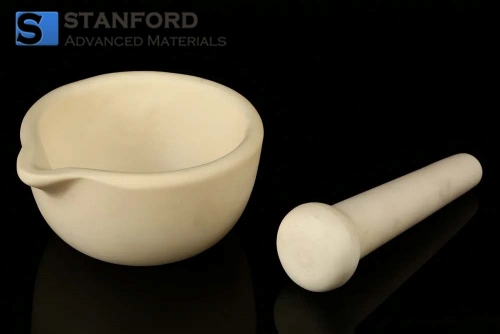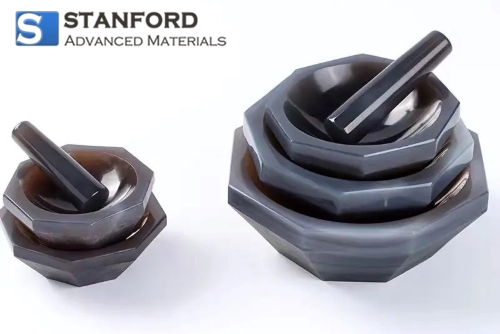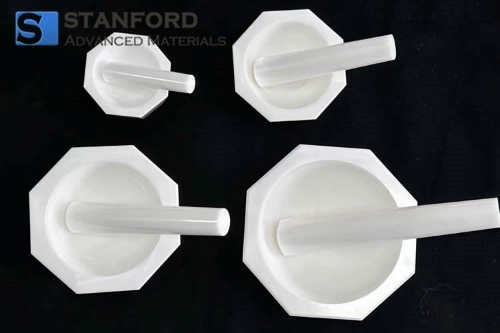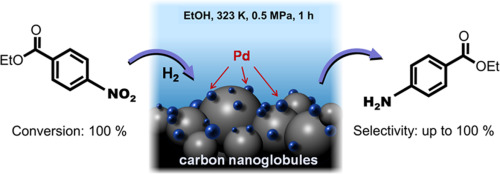Mortars and Pestles for Laboratory Use: Essential Tools for Grinding and Mixing
Introduction
Mortars and pestles have a long history in scientific research, serving as essential tools for grinding, mixing, and preparing samples across various disciplines. This article will discuss the common types of mortars and pestles (with a focus on agate, alumina, zirconia, tungsten carbide, and stainless steel), and how to properly maintain them.
Development of Mortars and Pestles
Mortars and pestles have been in use for thousands of years, with the earliest forms dating back to ancient civilizations. Initially crafted from simple materials like stone, wood, and ceramic, these tools were primarily used for grinding herbs, grains, and medicines. As scientific research evolved, particularly during the Renaissance and Enlightenment periods, mortars and pestles became indispensable in alchemy and early chemistry.
Today, high-performance materials like agate, alumina, zirconia, tungsten carbide, and stainless steel are commonly used in laboratories around the world. These modern materials allow scientists to grind harder substances with greater precision and minimal contamination, ensuring the integrity of samples during preparation.

Uses of Mortars and Pestles in the Lab
Mortars and pestles are used in a wide range of laboratory processes, playing a critical role in preparing samples for analysis or further experimentation. Here are some of their most common applications:
- Grinding and Crushing: One of the primary functions of a mortar and pestle is to reduce the particle size of solid substances. By grinding materials into fine powders, researchers can increase the surface area of the material, which improves solubility and reaction rates. For example, in chemistry labs, solid reactants are ground into fine powders to accelerate reactions during experiments.
- Mixing: Mortars and pestles are also excellent tools for mixing solid substances. In pharmaceutical research, they are often used to blend ingredients in drug formulations. The physical action of grinding ensures that the materials are evenly distributed, resulting in a uniform mixture that is essential for accuracy in research and production.
- Sample Preparation: In biology and life sciences, mortars and pestles are used to break down biological tissues such as plant leaves, animal cells, or microbial cultures. This grinding process allows researchers to access intracellular components like DNA, proteins, or metabolites, which are then analyzed or used in further experiments.
- Specialized Uses: In material science, these tools are used to grind metals and other materials for analysis in applications such as electron microscopy or spectroscopy. In some cases, mortars and pestles are used in ceramics and metallurgy labs to grind materials for sintering and other thermal processes.
Types of Mortars and Pestles
Laboratory mortars and pestles are made from a variety of materials, each selected based on the requirements of the specific application. The following are some of the most commonly used materials in modern laboratories:
1. Agate: Agate is a naturally occurring, semi-precious stone that is highly prized for its hardness and smooth surface. Agate mortars and pestles are ideal for grinding very hard and brittle substances, such as minerals and pigments. Because agate is non-porous and resistant to chemical reactions, it ensures minimal contamination during grinding. This makes agate a popular choice in chemistry, geology, and materials science labs.

2. Alumina: Alumina (aluminum oxide) is a ceramic material known for its exceptional heat resistance and chemical stability. Mortars and pestles made from alumina are commonly used for grinding abrasive materials and in high-temperature applications, such as in ceramics and electronics research. Alumina is highly resistant to wear, ensuring a long lifespan even with frequent use in demanding environments.
3. Zirconia: Zirconia (zirconium oxide) is another ceramic material with excellent durability and wear resistance. It is particularly useful in laboratories that require ultra-fine grinding, such as in pharmaceuticals and cosmetics. Zirconia’s fine grain structure allows for precise control over particle size, ensuring uniformity in the final product. Its high resistance to abrasion also makes it suitable for long-term use in environments where purity is critical.

4. Tungsten Carbide: Tungsten carbide is one of the hardest materials available for laboratory mortars and pestles. It is often used in heavy-duty applications where other materials would quickly wear down. Tungsten carbide mortars and pestles can grind the toughest materials, including metals, ores, and rock samples. This material’s superior abrasion resistance and hardness make it essential for researchers working with particularly tough samples that require high-force grinding.
5. Stainless Steel: Stainless steel mortars and pestles are commonly used for grinding biological samples, such as tissues and tough plant materials. They are highly durable and resistant to corrosion, making them ideal for use in wet environments or when working with corrosive chemicals. Stainless steel is also capable of withstanding high force, making it suitable for grinding harder samples that require a robust tool.
Maintenance of Mortars and Pestles
Proper maintenance is essential for ensuring the longevity and effectiveness of mortars and pestles. With routine care, these tools can provide reliable results for years. Here are some key tips for maintaining mortars and pestles:
- Cleaning: After each use, mortars and pestles should be cleaned thoroughly to avoid cross-contamination. Different materials require different cleaning methods. For example, agate, alumina, and zirconia mortars can be cleaned with mild detergents and water, while stainless steel and tungsten carbide may require stronger cleaning agents to remove residues.
- Inspection: Regularly inspect mortars and pestles for cracks, chips, or signs of wear, especially in materials like agate and zirconia, which are brittle. Damaged tools can compromise the accuracy of experiments and should be replaced promptly.
- Storage: Store mortars and pestles in a dry, clean environment to prevent contamination or corrosion. Stainless steel mortars should be dried thoroughly after use to avoid rust, while ceramic and stone mortars should be stored carefully to avoid chipping or cracking.
- Avoid Overuse: Use each mortar and pestle for the materials it is designed for. For example, avoid using softer mortars, like agate or zirconia, to grind materials that could cause excessive abrasion, as this will wear them down prematurely.
Conclusion
Mortars and pestles are essential tools in today’s laboratories. Choosing the right type—such as agate, alumina, zirconia, tungsten carbide, or stainless steel—allows researchers to achieve the precision and durability needed for their specific tasks. Proper maintenance and correct usage will help prolong the life of these tools. For more lab equipment, please check Stanford Advanced Materials (SAM).



